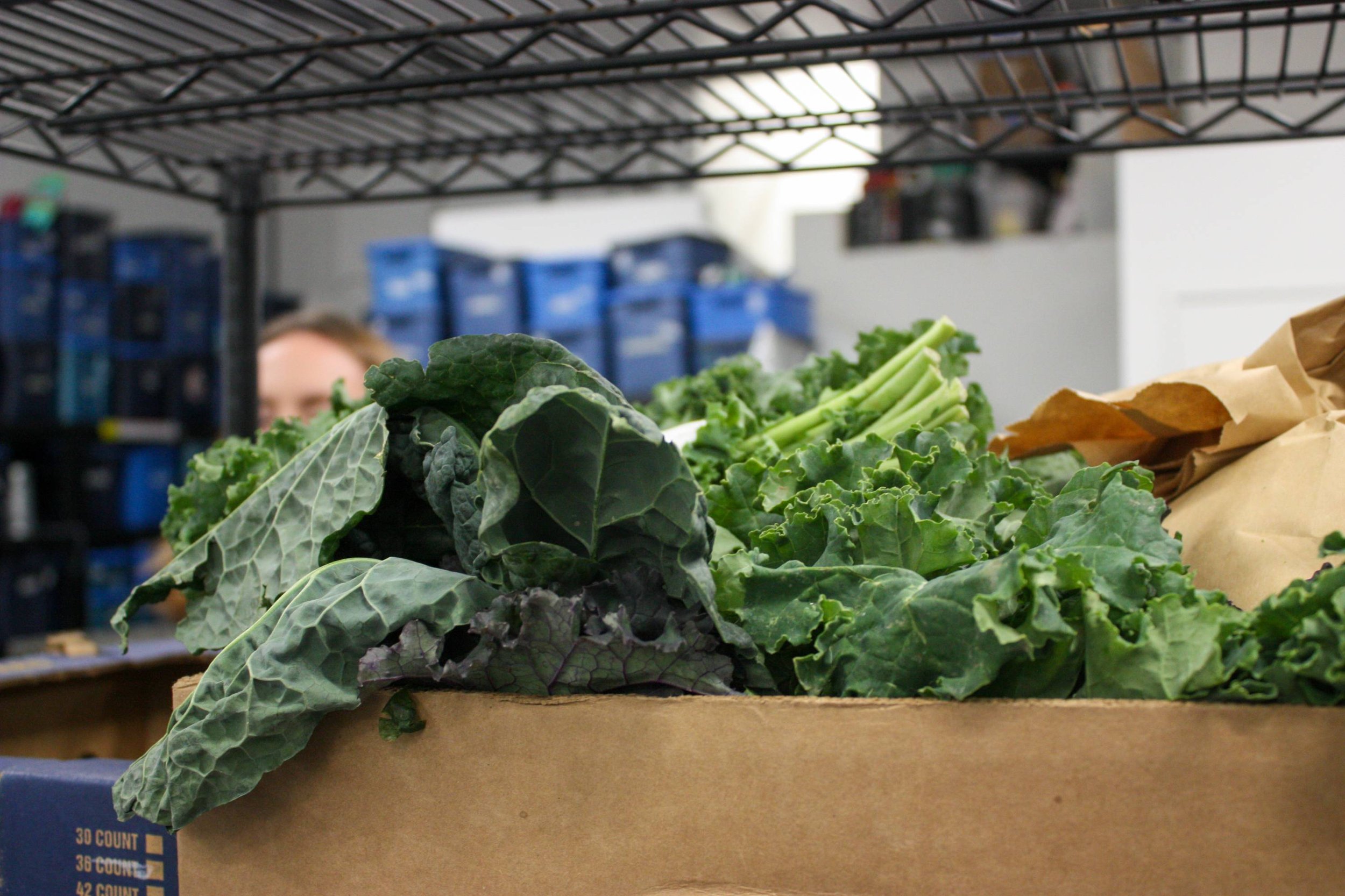Since day one, Food Stash has existed with a twofold mission that is both environmental and social. While we work to prevent good food from going to waste, we also provide dignified food access. We do this because 58% of food produced in Canada is wasted, and 1 in 5 Canadians are food insecure.
We’ve always known that we’re having a positive impact on our community because we see it firsthand. We see the imperfect fruits and veggies that we spare from being tossed away. And we see the relief and nourishment of those who enjoy that food.
While we’ve improved our ability to quantify the social impacts of our work over the years, it was always difficult to say for sure just how much our work was fighting climate change. Until now! We’ve been working with GHG Accounting, an independent community contribution company, since December 2022 to quantify the net greenhouse gas (GHG) emissions associated with our food recovery work. With immense gratitude to the GHG Accounting team, we can now confidently say our food rescue work avoids more emissions than it produces.
When food is thrown out, it decomposes and generates emissions. By rescuing edible food that would have otherwise been thrown out, we’re avoiding the emissions that would have occurred if this food had ended up at a landfill or compost facility. Because of this, not only has Food Stash’s food recovery work resulted in net emission reductions each year since operations began in 2016, but we’ve also increased emission reductions each year since then. Our efforts from 2016 to 2023 have resulted in emission reductions totalling 357 tonnes of carbon dioxide equivalent (CO2e)[1]. That is equivalent to 85 vehicles off the road for a year!
That’s a lot of carbon dioxide equivalent! So what? Greenhouse gases absorb the sun’s energy and heat up the planet, driving climate change. And we are seeing the effects of climate change all around us in the form of extreme temperatures, warmer oceans and record-breaking fires and floods. Every small or big action we can each do individually and collectively to reduce GHG emissions and curb climate change counts!
These GHG emissions reductions also show us just how important food rescue work is to avoid methane (a GHG 28 times more potent than CO2) that is produced when food scraps and other organic wastes end up in the landfill.
We’re excited about all of this emissions reduction, but we also want to avoid having “Carbon Tunnel Vision”. It’s important to reduce our operational emissions, but we don’t want to lose sight of the many other ways we must work to serve our planet, our community and food system.
At Food Stash we go out of our way to operate sustainably. In 2023, with the support of Brightspot Climate and an anonymous donor, we were able to replace a diesel-powered refrigeration unit on one of our food rescue trucks with one that is powered by solar and battery power. Our Rescued Food Box Program uses reusable materials like bins and ice packs. The events that we host all aim to be zero-waste. And we always keep an eye on that thermostat since our warehouse is partially heated by “natural gas,” the vast majority of which is from fracking.
When it comes to the social impacts of our work, we:
Deliver high-quality food to 38 community partners that collectively serve over 11,000 people largely in the Downtown Eastside;
Run a low-barrier Rescued Food Market that serves up to 120 shoppers a week;
Provide home deliveries of healthy groceries to 112 low-income households with disabilities and long-term illnesses;
Host a stigma-free 24/7 Community Fridge
Are a living wage employer and recognize the importance of living wages and positive working conditions
Actively participate in non-partisan coalitions and networks working towards a more fair and sustainable food system
Food Stash is one of very few food rescue organizations doing this greenhouse gas accounting work. It is important to note that greenhouse gas accounting should follow recognized standards and procedures and that the results are unique to each individual operation. You can dig into our GHG assessment report here as listed on the Local Carbon Registry. We encourage others to do their own GHG accounting (with the appropriate external support) and welcome questions about our process anytime.
This GHG assessment project was made possible in part by the MakeWay Foundation - Patagonia, and the Project Change Foundation.
Interested in hearing more? Sign up for our newsletter.
[1] Carbon dioxide equivalent (CO2e) is a measure used to compare the emissions from various greenhouse gases on the basis of their global-warming potential (GWP), by converting amounts of other gases to the equivalent amount of carbon dioxide.



